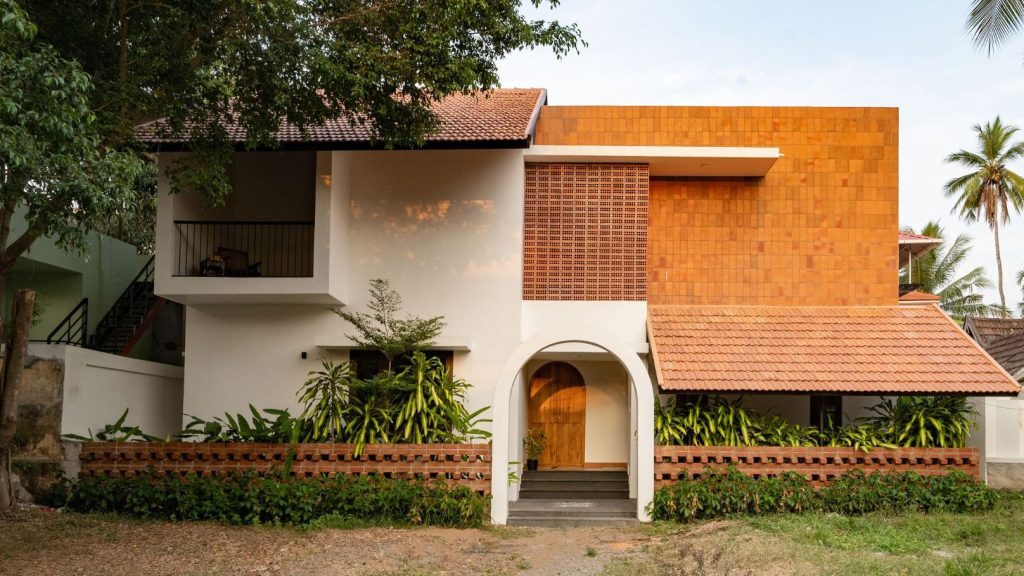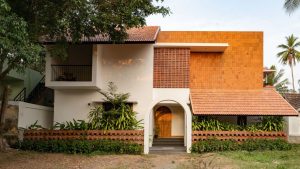
Designing an outdoor kitchen can be an exciting project, but it’s also one that requires careful planning and consideration. Here are some tips to help you create a functional and aesthetically pleasing outdoor kitchen layout.
Firstly, consider the size of your space. The amount of available space will dictate what appliances you can include and how they’ll be arranged. If you have a large area, you may be able to accommodate a grill, sink, refrigerator, and ample counter space for food preparation. However, if your space is limited, prioritize the essentials like a grill or cooktop.
Secondly, think about the location of your outdoor kitchen in relation to your home. Ideally, it should be close enough for convenience when carrying food and utensils back and forth but far enough away to keep smoke from entering your home.
The positioning of appliances is another critical aspect to consider when designing your outdoor kitchen layout. Always position cooking equipment like grills or pizza ovens downwind from dining areas to prevent smoke from disturbing guests. Also ensure there’s sufficient clearance around these heat-producing appliances for safety reasons.
It’s equally important to plan for adequate counter space on both sides of the cooking area for food prep and serving purposes. A good rule of thumb is having at least 15 inches on each side.
Storage is another key consideration in an outdoor kitchen layout design. Incorporate plenty of storage solutions such as cabinets or shelving units into your design so that everything you need while cooking outside – from tools to plates – is within easy reach.
Don’t forget about seating arrangements either; after all this is where people will gather around! Consider adding comfortable seating options like bar stools by the countertop or arranging lounge chairs nearby with a fire pit as centerpiece creating cozy ambiance during cooler evenings.
Lighting also plays an essential role in any outdoor kitchen setup – not only does it add aesthetic appeal but it’s practical too allowing evening use of this space. Incorporate task lighting over the grill and countertops, and ambient lighting around the dining area for a warm, inviting atmosphere.
Lastly, remember that your outdoor kitchen should blend seamlessly with your overall landscape design. Choose materials and finishes that complement your home’s exterior to create a cohesive look.
In conclusion, designing an outdoor kitchen requires careful planning of various elements like location, appliances positioning, storage solutions, seating arrangements and lighting. With these tips in mind, you’re well on your way to creating an outdoor kitchen that is not only functional but also enhances the beauty of your home’s exterior.




